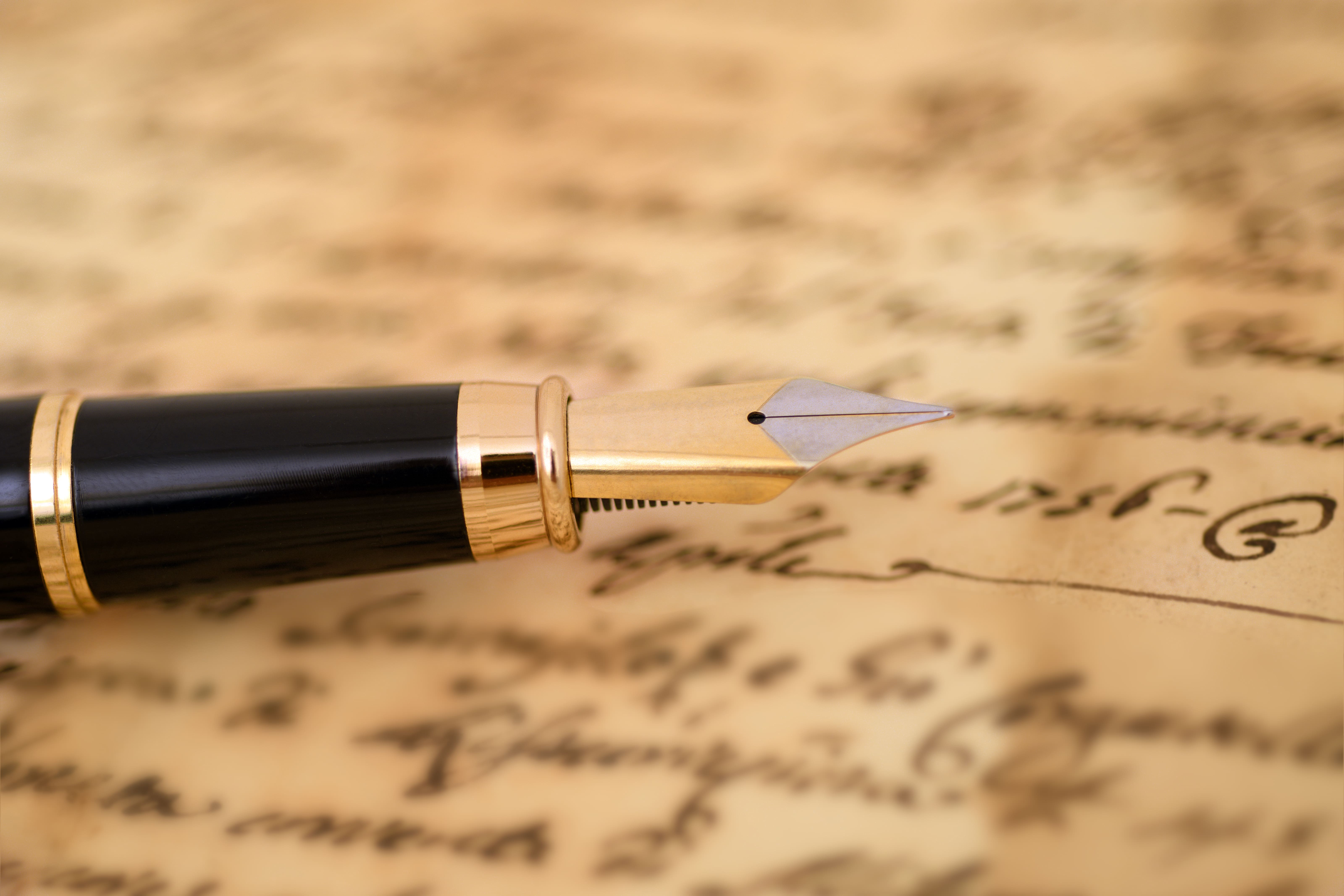Writing Compelling Opening Lines: How to Hook Your Readers from the Start

Crafting compelling opening lines is a vital skill for any writer. These lines serve multiple purposes, from hooking the reader’s interest to setting the tone and mood, introducing key elements, and establishing your unique voice. By investing time and effort into creating strong opening lines, you can significantly increase the likelihood of engaging your readers and encouraging them to continue reading your work.
What A Well-Crafted Opening Line Can Do to Your Readers
First impressions matter. Your opening lines are the first thing readers encounter. A strong start makes a positive first impression and encourages them to keep reading.
Hooking the reader’s interest. Engaging opening lines grab the reader’s attention and pique their curiosity, making them eager to find out what happens next.
Setting the tone and mood. The opening lines establish the tone and mood of your story or article, giving readers an immediate sense of what to expect.
- Begin with an Unusual Scenario
Starting with an unusual scenario captivates readers by presenting a unique or unexpected situation right from the outset. This technique piques curiosity and compels readers to continue exploring the narrative to understand the context and implications of the intriguing setup.
- Start In Media Res (In the Middle of Action)
Beginning in media res, or in the middle of action, immediately thrusts readers into the heart of the story. This technique grabs attention by immersing readers in a dynamic and often intense situation, compelling them to keep reading to understand the context and outcome.
- Use Symbolism or Metaphor
Starting with symbolism or a metaphor adds depth and layers of meaning to your opening, engaging readers by encouraging them to think beyond the literal. This technique can set the tone, evoke emotions, and provide insight into themes or characters right from the start.
Introducing key characters or settings. Early introduction of key characters or settings helps readers quickly understand the context and become invested in the narrative.
- Reveal a Defining Trait or Habit
Opening by revealing a defining trait or habit of a character quickly provides insight into their personality and behavior. This technique helps readers form an immediate connection and curiosity about the character’s journey and development.
- Place the Character in Action
Starting by placing the character in action immediately engages readers by showing them the character's behavior and skills in a dynamic context. This technique creates an immediate sense of movement and urgency, drawing readers into the narrative from the outset.
- Show an Unusual Situation
Beginning with an unusual situation grabs readers' attention by presenting a scenario that is out of the ordinary. This technique piques curiosity and encourages readers to continue reading to understand the context and implications of the strange event.
- Use Dialogue that Reveals Character
Starting with dialogue that reveals character provides immediate insight into a character's personality, motivations, or relationships. This technique engages readers through conversation and helps them quickly understand key aspects of the character.
- Highlight a Character's Conflict or Goal
Opening by highlighting a character's conflict or goal instantly draws readers into the story by establishing stakes and motivations. This technique creates immediate interest in the character's journey and the challenges they face.
- Describe a Unique Appearance or Quirk
Beginning with a description of a character's unique appearance or quirk instantly captures readers' interest by presenting something distinctive and memorable. This technique helps to create a vivid impression of the character and can hint at deeper aspects of their personality or role in the story.
- Create a Sense of Mystery
Opening with a sense of mystery engages readers by presenting an enigmatic situation or character that begs for answers. This technique draws readers in with curiosity and compels them to continue reading to uncover the hidden truths.
- Show Emotional Depth
Starting with a display of emotional depth immediately connects readers to the character’s internal world. This technique evokes empathy and investment by revealing the character's feelings, struggles, or personal stakes right from the beginning.
Creating a sense of urgency or tension. A sense of urgency or tension in the opening lines can create immediate suspense, compelling readers to continue in anticipation of what will happen next.
Establishing a unique voice or style. The opening lines can showcase your unique voice or writing style, helping readers connect with your narrative voice and enjoy the journey you’re taking them on.
Setting up the central conflict or theme. Introducing the central conflict or theme right away gives readers a clear idea of the story’s direction and significance.
Encouraging emotional investment. Emotionally charged opening lines can create an immediate connection with readers, making them care about the characters and their journeys.
Standing out in a crowded market. In a world where readers have countless options, a compelling opening line can make your work stand out and entice readers to choose your story or article over others.
Providing a preview of your writing skills. Well-crafted opening lines demonstrate your writing prowess, giving readers confidence in your ability to tell a captivating story or provide valuable insights.
Tips on Creating Compelling Opening Lines
1. Pose a Provocative Question
Opening with a provocative question immediately engages the reader's curiosity and sets the stage for your story or article. This technique prompts readers to think deeply and seek answers, compelling them to read further.
2. Use a Vivid Description
Starting with a vivid description immerses readers in the scene by appealing to their senses. This technique creates a strong visual image and sets the tone, making readers feel as if they are part of the story from the very beginning.
3. Start with a Surprising Fact or Statistic
Opening with a surprising fact or statistic grabs the reader's attention by presenting an unexpected piece of information. This technique intrigues readers and encourages them to continue reading to learn more about the context and implications.
4. Create a Sense of Urgency
Beginning with a sense of urgency immediately heightens tension and compels readers to continue. This technique instills a feeling of immediate importance or danger, driving the reader to find out what happens next.
5. Introduce a Relatable Character
Introducing a relatable character from the start helps readers form an emotional connection with the story. This technique makes readers care about the character's journey and compels them to keep reading to see what happens next.
6. Begin with a Dialogue
Starting with dialogue immediately immerses readers in the action and provides insight into the characters and their relationships. This technique creates an engaging and dynamic opening that draws readers into the story through interaction.
7. Set Up a Mystery
Opening with a mystery hooks readers by presenting an intriguing puzzle or unanswered question. This technique sparks curiosity and compels readers to continue reading in search of answers.
8. Use an Intriguing Anecdote
Starting with an intriguing anecdote captivates readers by sharing a compelling or unusual personal story. This technique engages readers' curiosity and provides a relatable entry point into the broader narrative.
9. Make a Bold Statement
Beginning with a bold statement captures attention by challenging conventional thinking or presenting a strong opinion. This technique grabs readers' interest and provokes them to explore the reasoning behind the assertion.
10. Describe an Unusual Scenario
Opening with an unusual scenario immediately engages readers by presenting a unique or unexpected situation. This technique sparks curiosity and draws readers into the story by making them eager to learn more about the intriguing circumstances.
11. Know Your Audience
Understanding your audience is crucial for crafting engaging opening lines that resonate with their interests and expectations. This technique ensures that your opening aligns with what your readers are looking for, making it more likely to capture their attention and keep them invested.
12. Be Clear and Concise
Opening with clarity and conciseness ensures that readers quickly grasp the essential elements of your story without confusion. This technique captures attention by delivering a direct and impactful message, avoiding unnecessary complexity right from the start.
13. Create Curiosity
Creating curiosity with your opening lines intrigues readers by presenting intriguing elements or unanswered questions. This technique draws readers in by compelling them to seek answers and explore the story further.
14. Revise and Refine
Revising and refining your opening lines involves revisiting and polishing them to enhance clarity, impact, and engagement. This technique ensures that your opening is as compelling and effective as possible, improving its ability to capture and hold the reader's attention.
Additional Techniques to Enhance Your Openings
Foreshadowing. Foreshadowing in the opening lines hints at future events or outcomes, creating a sense of anticipation and depth. This technique engages readers by subtly setting up key plot points or themes, encouraging them to look for connections and predictions as the story unfolds.
Contrasts. Using contrasts in your opening lines highlights differences between elements to create interest and tension. This technique draws readers in by showcasing stark contrasts that emphasize key aspects of characters, settings, or themes, adding depth and intrigue.
Imagery. Employing imagery in your opening lines vividly appeals to the senses by using descriptive language to create clear and evocative mental pictures. This technique immerses readers in the scene, helping them visualize and emotionally connect with the story from the very beginning.
Dialogue. Starting with dialogue immediately engages readers by presenting character interactions and providing insight into their personalities and relationships. This technique adds immediacy and dynamism to the opening, drawing readers into the story through active conversation.
Crafting the Perfect Hook
Align with your story’s theme. Opening lines that align with your story’s theme set the stage for the narrative’s underlying message or central idea. This technique introduces readers to the core concepts and tones of the story, creating coherence and reinforcing the thematic focus from the outset.
Be specific and detailed. Opening with specificity and detail immerses readers by providing concrete and vivid elements that paint a clear picture of the setting, characters, or situation. This technique enhances engagement by making the story more relatable and tangible, grounding readers in the narrative right from the start.
Evoke emotion. Opening lines that evoke emotion immediately connect with readers on a personal level by tapping into feelings like joy, sadness, fear, or nostalgia. This technique creates a strong emotional response, drawing readers into the story and fostering empathy for the characters.
Keep it concise. Maintaining conciseness in your opening lines ensures that every word serves a purpose and delivers maximum impact. This technique captures readers' attention quickly by avoiding unnecessary details and focusing on the essential elements of the story.
Create questions. Creating questions in your opening lines stimulates curiosity by presenting intriguing or unresolved issues. This technique engages readers by prompting them to seek answers, driving them to continue reading to uncover the answers and understand the full context.
Practice and Feedback
Write multiple versions. Writing multiple versions of your opening lines allows you to explore different approaches and find the most compelling start for your story. This technique provides the flexibility to experiment with various hooks, tones, and styles, helping you identify the version that best engages your readers and aligns with your narrative.
Get feedback. Seeking feedback on your opening lines involves sharing them with others to gain diverse perspectives and insights. This technique helps identify what works well and what might need improvement, ensuring that your opening effectively engages readers and sets the right tone for your story.
Read widely. Reading widely exposes you to a variety of writing styles, genres, and techniques, enriching your understanding of effective opening lines. This technique helps you identify what resonates with you as a reader and learn from successful examples, enhancing your ability to craft engaging beginnings for your own work.
Crafting compelling opening lines is essential for capturing your readers' attention and setting the stage for a captivating story or article. By employing techniques like posing provocative questions, using vivid descriptions, and revealing key details, you can draw readers in and make a lasting impression from the very first sentence. Remember to tailor your approach to align with your story's tone, theme, and audience, and continually revise to ensure your opening is as engaging and impactful as possible. With a strong start, you set the foundation for a compelling narrative that keeps readers hooked and eager to explore the rest of your work.

